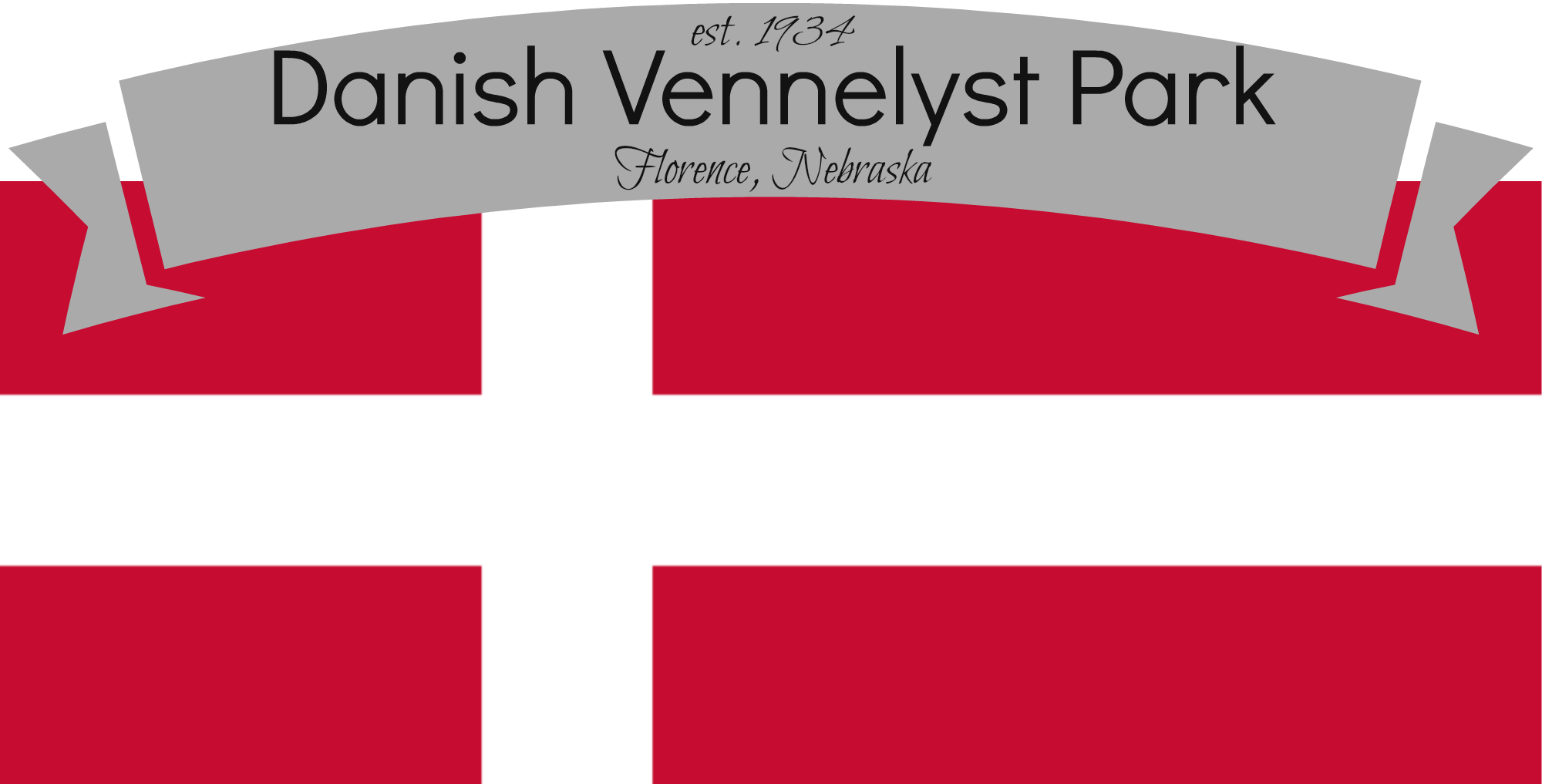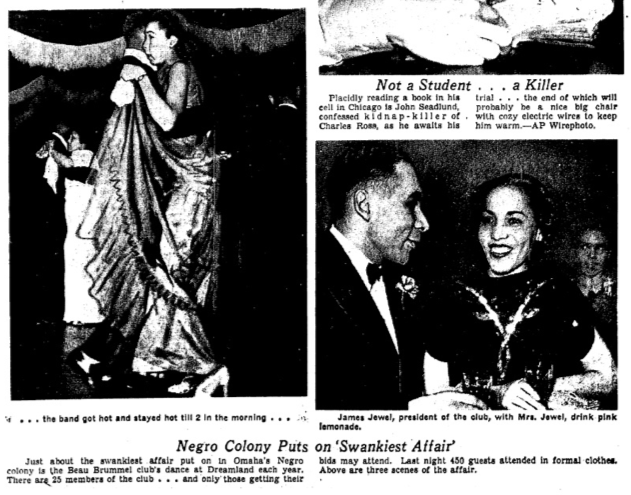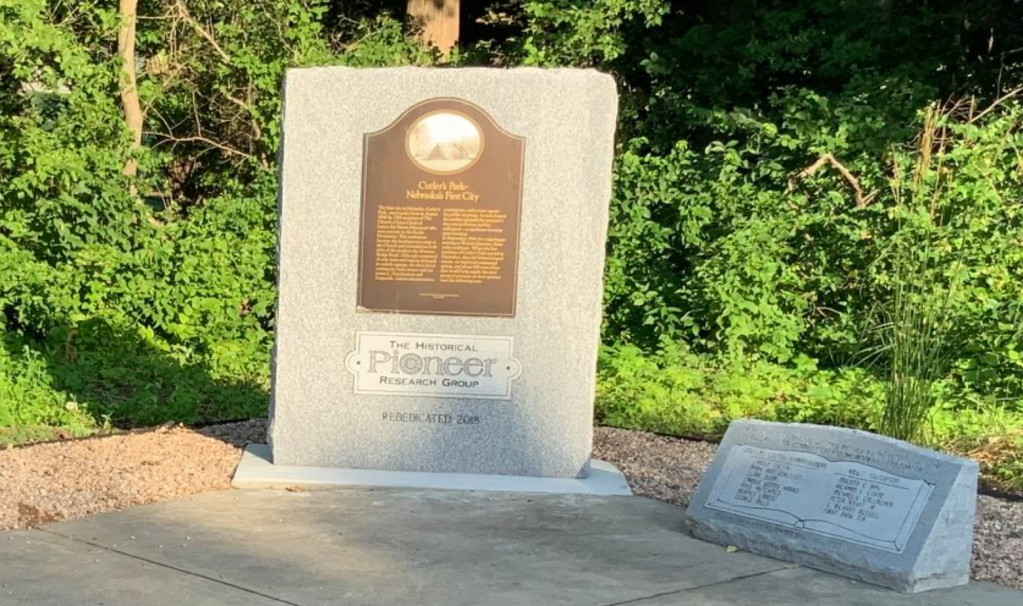North Omaha has been the home to many fraternal lodges, community societies, political and social organizations and other groups. It has also been home to a lot of private clubs, nightclubs, dance halls and ballrooms.
This article highlights North Omaha social clubs and social halls, and gives them context. Remember that North Omaha has been home to many ethnic and cultural communities throughout its history, and this article just touches the surface of what existed.
North Omaha’s long history includes serving as the city’s African American cultural, religious and social hub, along with its Scandinavian roots, business ties, and other connections. There are also neighborhood social clubs, fraternal organizations and halls throughout the community.
African American Social Clubs

Throughout its history, the African-American community in North Omaha has been anchored with social clubs. As early as the 1870s, local newspapers reported secret societies for Black people. It was 1919 when the American Legion Post #30 was organized as a segregated unit for North Omaha. It was named after Teddy Roosevelt because of his anti-segregation stances.
In the 1930s, it was reported that, “There are today in Omaha alone some twenty-five clubs and societies with a total membership of over two thousand.” They included the Knights of Pythias Hall at 1121 North 24th St. A home to one of Omaha’s several Prince Hall Mason lodges, this hall was owned and operated by African Americans. The community boasted halls for the Odd Fellows, the Masons, (which had about 550 members in North Omaha in 1936), and the Black Elks, (with about 250 members in the community in 1936). The Elks have become synonymous with the Columbia Hall. Also from that early era, the Midwest Athletic Club had a longtime building in North Omaha, and is still active today.
The Prince Hall Masons have operated the Druid Hall near N. 24th and Ames Avenue for nearly 50 years, serving as stewards for the 100 year old facility. Perhaps the most elusive organization in North Omaha was the Knights and Daughters of Tabor, also known as the “Knights of Liberty”. This was an African-American organization whose goal was “nothing less than the destruction of slavery,” and which was nationally notorious for a 1940s-era campaign to build Black-led hospitals by Blacks, for Blacks. Social clubs gathered to entertain their members and the community. One report from 1939 said that there were 25 African American social clubs in Omaha with more than 2,000 members total. Social clubs in North Omaha were groups of people; social halls hosted their activities.
North Omaha Social Clubs
Social clubs weren’t nightclubs, bars or performance places. Instead, they were groups of people that gathered to reinforce social status, practice particular social behaviors, and have fun within particular social classes. Many of North Omaha’s social clubs reinforced middle class attitudes and behaviors, and imposed strict expectations on their participants.
- Royal Circle – A premier African-American social organization that held annual cotillions for young African-American women through the early 1960s.
- Pleasant Hour Club – Founded in the 1880s, this club folded by 1930.
- Aloha Club
- Entre Nous Club
- Beau Brummel Club – One of the prominent social groups in the 1930s.
- Dames Club
- Jolly Twenty Club
- Trojan Club
- Quack Club – A garden club led by young African American women was organized to take care of the YWCA grounds and building. The Quack Club presented a yearly operetta and annual Christmas and summer dances held at Brownell Hall.
- Jack and Jill – Designed to reconnect young blacks dispersed when their families moved from the Near Northside.
Civic Organizations

There have always been several important civic organizations in North Omaha. The North Side YWCA launched in 1920 in a house at 2306 N. 22nd Street. The African-American community in Omaha also supported the Old Colored Folks’ Home, which was organized in 1913. In 1923 they received funds from the city’s “Community Chest” fund, with which they purchased a building.
Formed in 1918, the War Camp Community Service became the local American Legion the following year. North Omaha’s American Legion Post #30 was founded in 1919, and operated until 2009. The Centralized Commonwealth Civic Club, formed in 1937, promoted community business. Several local Boy Scout troops (Troop 23, Troop 79) were founded for African-American youth as early as 1919.
Native Omaha Club and Native Omaha Days

After seeing Omahans leave the city for various reasons, Vera Johnson and Bettie McDonald brought together a group of people to plan activities as a community-wide reunion in 1976. Calling themselves the Native Omaha Club, people come from across the United States to participate in the events. In 2015, Native Omaha Days was held for the 19th time since 1976. There was a huge parade, dances, reunion picnic, memorial service, golf tournament, and performances by local talent. The Native Omaha Club is now a nonprofit organization, and the events they host draw hundreds of out-of-town visitors to Omaha biennially, in addition to the hundreds rallied from across the community. Their original location at North 24th and Laird Streets is closed now, but the club continues.
Fort Omaha’s Social Halls

During World War I, the Red Cross operated a canteen at Fort Omaha. During the same time, the Knights of Columbus and the YMCA both constructed recreation halls for soldiers. The YMCA opened in 1917 and the Knights of Columbus Hall in 1918. They facilitated athletics, educational classes, lectures, musical entertainment, picture shows, dances and facilities for writing, including a post office. The YMCA also sponsored missions and other services at the Fort for men unable to leave during the 1918 influenza quarantine.
There’s no mention of either the Knights of Columbus or the YMCA maintaining operations at Fort Omaha after WWI.
Danish Vennelyst Park

The Vennelyst were formed as a horticultural society in Denmark in the 1890s. Danes were one of the larger European ethnic groups in Omaha, and today the city has the forth largest concentration of people claiming Danish background of cities in the U.S. today.
Used primarily as a rental hall today, the grounds of the Danish Vennelyst Park in Florence are kept in good condition. The hall itself isn’t too old, and is in moderate condition. The hall is owned by a group called the Danish American Society of Omaha, which has recorded meetings mentioned on the Internet.
Near North Side YMCA

The Near North Side YMCA opened in 1945, in the former Webster Telephone Exchange Building. After staying there for six years, they opened a new facility at North 22nd and Willis Streets in 1951 and operated there until 1996. Several important professional athletes and others came through this branch, and its impact is still felt in the community today.
The Viking Ship

As Omaha grew, it grew suburbs. The first master planned development in the city was called Minne Lusa, and the majority of houses in it were designed by Everett S. Dodds. Dodds wanted a social hall for his neighborhood, and conceived of a Spanish Colonial Revival style building at the intersection of Redick and Minne Lusa Boulevard.
A three-story building measuring 48 x 80 feet, it included a gym, bowling lanes and a card room; a dining room, general parlor, and two small rooms for women’s parties, and a full kitchen. The third floor was an enormous ballroom. Originally opened as the Prettiest Mile Club in 1916, for almost the last 100 years the building has been host to all sorts of activities, including social clubs, Boy Scouts, fraternities, conferences and conventions, weddings, reunions, and much more.
In the 1930s, it was purchased by a fraternal organization that ran it for a number of years. It was renamed the Birchwood Club, and operated under that name through the 1960s. During this period, the Birchwood gained four bowling lanes and another lounge. A swimming pool and outdoor lounge area was also added during this time.
A private family purchased it, and at some point it was remodeled extensively and renamed The Viking Ship. Today, the building is almost completely unrecognizable from its original form, and its future is unclear.
- Learn more from my article, A History of North Omaha’s Viking Ship, Birchwood Club and Prettiest Mile Club
Hungarian Hall

In the early 1900s, the American-Hungarian Hall was built at 1623 Cuming Street. It was opened in the renovated original Swanson Building there in 1940. Remodeled extensively, the Hungarian immigrants added a main floor auditorium and stage, meeting rooms, a kitchen, banquet hall and caretaker’s quarters on the second floor. This location was alternately referred to as the American-Hungarian Hall, the Hungarian Community Center and the Hungarian Home. The last mention of either name in the Omaha World-Herald was in 1975. The building became the Aero Apartment-Hotel, and was razed after 2011, when the picture above was taken.
The Original AK-SAR-BEN Den

The largest social institution ever built in North Omaha, reportedly seating up to 12,000 people was the original Aksarben Den at 2226 North 20th Street. It was used for state conventions, political rallies, and for the notable balls of the Knights of Ak-Sar-Ben. When he was in office in 1910, President William Taft spoke at the Den, and former President Theodore Roosevelt did, too. The building was destroyed in a fire in 1927. The new Aksarben Coliseum was built in West Omaha in 1928.
The Future
As North Omaha continues to change, there’s a question as to what role social clubs can still play. People who are members of the clubs that still exist know their clubs are very important; people who aren’t members and don’t know they exist have no idea.
Please share your memories, knowledge and other information in the comments below! Let’s grow the information for North Omaha!
A Tour of North Omaha Social Halls
There are and have been many other social halls throughout North Omaha. Please leave any info or details you have in the comments section below!
- Site of Ertling Hall, 2614 North 16th Street
- Sits of Goodrich Hall, 2340 North 24th Street
- Site of Marathan Hall, Cuming and 25th Avenue
- Site of Sander’s Hall, 2402-4 Cuming Street
- Druid Hall, 2412 Ames Avenue
- Lothrop Social Hall, 3232 North 24th Street
- Site of the Hungarian Hall, 1623 Cuming Street
- Danish Vennelyst Park, 9100 North 31st Street
- Midwest Athletic Club, 2306 North 22nd Street
- Site of the Prairie Park Clubhouse, 2605 Ames Avenue
- Viking Ship, aka Prettiest Mile Club, aka Birchwood Club, 2680 Redick Avenue
- Site of the Ak-Sar-Ben Den, 2226 North 20th Street
- Eugene Eppley Boys Club, 2200 North 20th Street
- North Side YMCA, 2309 North 22nd Street
- Elks Club, aka Columbia Hall, 2420 Lake Street
You Might Like…
- A History of Omaha’s Druid Hall, a guest post by Karen Clopton
- A Short History of North Omaha’s Columbia Hall, aka Black Elks Club
- A History of the Eugene Eppley Boy’s Club
- A History of North Omaha’s Vennelyst Park
- A History of the Near North YMCA in North Omaha
- A History of the Midwest Athletic Club
- A History of the Prairie Park Club
Elsewhere Online
- “Finding fun in segregated times“, Omaha Public Schools students.
- “When New Horizons dawned for African Americans in Omaha“, Leo Adam Biga for The Reader.
BONUS PICS!













Leave a comment